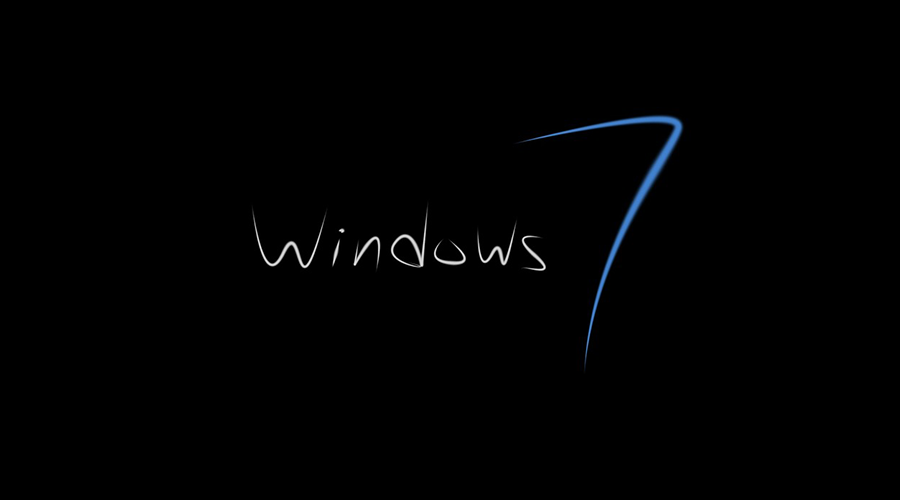
Windows 7 End of Life: Security Risks and What to Do Now
Windows 7 will no longer receive security patches - and cybercriminals will seek to exploit it to target businesses. It's critical to have a proper security strategy in place. This is it.
 Microsoft has urged those who are still using Windows 7 to upgrade to Windows 10 to continue to receive technical support. But despite these multi-year warnings, an estimated 200 million PC users are still using Windows 7.
Warning from the authorities
The potential risk is such that the UK's National Cyber Security Centre (NCSC) - the cyber branch of GCHQ's intelligence service - has issued a warning about the use of Windows 7 PCs, telling users that they should not use Windows 7 devices when accessing personal data.
The WannaCry Risk
Individuals who have not upgraded to Windows 10 will inevitably face security risks if they remain on Windows 7, but for organizations that continue to use Windows 7, the potential risks are much greater.
Added to BlueKeep's
Then last year, researchers detailed the BlueKeep flaw, a Windows vulnerability that could have a similar impact. As a result, by continuing to use an unsupported operating system, companies are putting themselves at unnecessary risk from major attacks that exploit any new Windows 7 vulnerability.
Getting Around the Network
And even for organizations that have pushed to upgrade their PC environment from Windows 7 to Windows 10, there is a risk that a few Windows 7 devices may be hiding on the network. It might be a good idea for organizations that have upgraded their architecture to make sure nothing is missing.
What about the cost issue?
Organizations need to make sure they really know what's on their networks - because with Windows 7 being unsupported, hackers will look for any unsupported and unpatched device they can take advantage of as an entry point into the network.
Source: 01net.com







